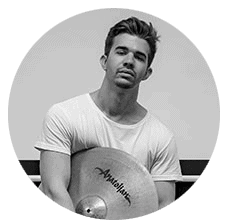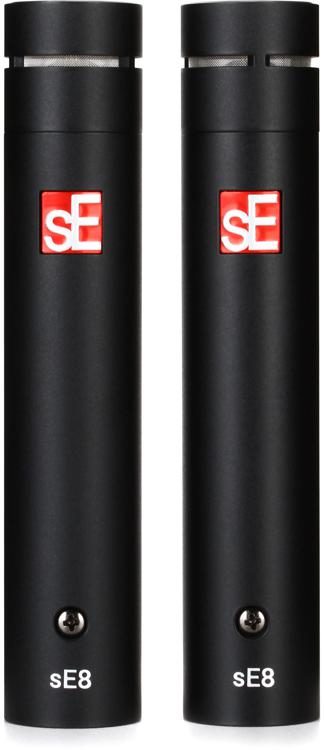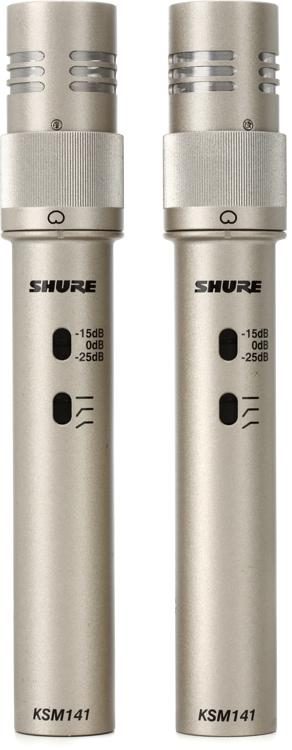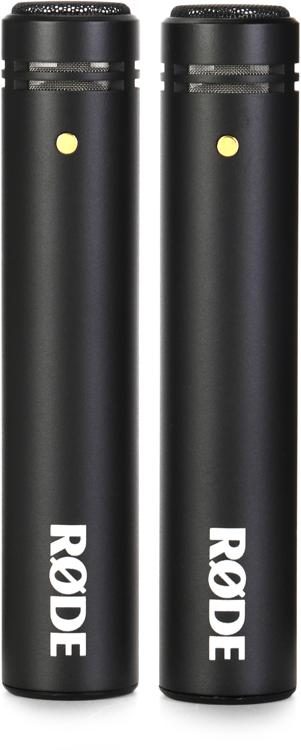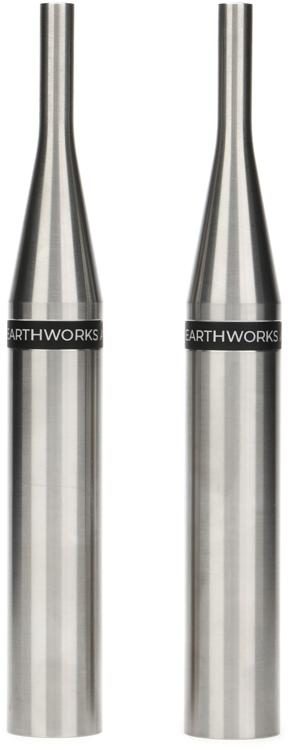What type of mic is best for drum overhead?
Typically the go-to for overhead mics is a condenser microphone. They’re great for capturing the full range of sounds from your cymbals and the overall drum kit. You’ll see many studios and live setups rocking condenser mics for overheads. They catch all those sweet nuances and give your drums the shine they deserve.
Can you use SM57 as overhead drum mic?
Ah, the good ol’ SM57! While it’s not the traditional choice for an overhead, you can use it. But, it’s sort of like using a butter knife as a screwdriver – it might work, but it’s not ideal. The SM57 is more commonly used for close miking snares and toms. If you’re in a pinch, give it a try. But if you want that shimmering, full overhead sound, a condenser mic might be a better buddy.
What is the 3 to 1 rule for drum mics?
The 3 to 1 rule is an oldie but a goldie in the recording world. It’s all about preventing phase issues. Simply put, if you have one mic capturing a sound source (like your snare), the next microphone should be placed at least three times the distance from the first mic as the first mic is from the sound source. Sounds complicated, but it’s not too bad. It’s all about making sure your drums sound clean and avoiding any weird phasey artifacts.
Can you record drums with just overhead mics?
Totally! While it might not give you the deep, punchy close-miked sounds, using just overhead mics can give a natural, balanced sound of your kit. Think of it as getting a bird’s-eye view of your drums. It’ll sound more like what you hear when you’re just jamming. If you’ve got solid overheads, and you’re aiming for a more organic sound, you might just fall in love with this method.
What are the best overhead mics for drums?
Condenser mics work best for use as overheads. They pick up a broad range of sounds, meaning they will accurately reflect the tones from the cymbals and the drums. Some popular brands to choose from would be Rode, Shure, Telefunken, Earthworks, and sE Electronics.
When deciding which mics would be the absolute best for drums, it comes down to personal preference. However, many drummers will agree that Earthworks has been making some seriously high-quality products that work wonders for drum kits. The TC25mp microphones are so good that you don’t really need to use any more close mics to get a great sound. They are very expensive though!
What are the best drum mics?
When thinking about drum mics in general, it’s good to go with a mixture of condenser and dynamic microphones. Condensers will be used as overheads and dynamic mics will be used as close-up recording options. Some popular brands for dynamic microphones would be Shure, Audix, Telefunken, and sE Electronics.
The most popular drum microphone would arguably be the Shure SM57. It’s mainly used as a snare mic, but it can be used to mic toms as well.
Where do overhead drum mics go?
They get placed in a way that will allow them to pick up all the sounds of the drums. They would typically go somewhere between the cymbals on each side of the drum kit. Their placement can change depending on how the drum kit is set up. Some recoding engineers will even add an extra overhead for the hi-hat.
How do you mic overhead drums?
The placement of the overhead microphones is extremely important. If they’re placed wrongly, you could get what they call phase issues. This means that sound will travel to the mic at different times and cause a delay. So, you need to place the mics equidistant from each other and in relation to the snare drum.
Overhead microphones will also need phantom power, so make sure that you have that coming from whatever recording interface you use.
